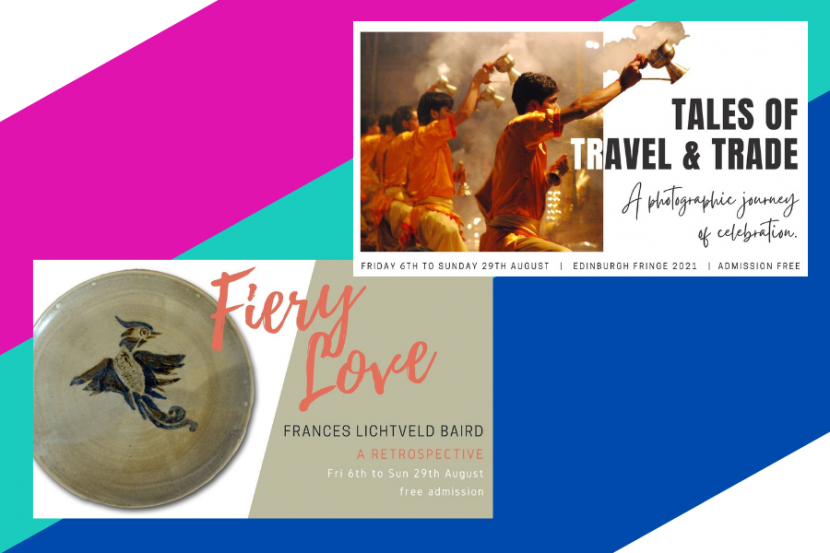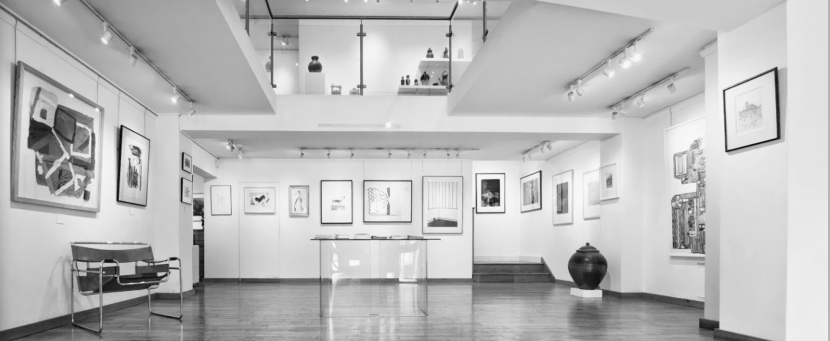REVIEW: Tales of Travel and Trade | Fiery Love | The Nomads Tent
Aug 10-15, 17-22, 24-29 | 10am-5pm, Sunday 12pm-4pm | More Info
Having lived in Edinburgh for 5 years from 2007 and spent every summer here since I can’t believe I never knew this place existed!
The Nomads Tent is situated a little off the beaten track tucked away on St Leonards Lane, not too far from the Pleasance Courtyard.
It’s home to tribal art from all over Asia including but not limited to carpets, jewellery and artefacts.
And this Fringe it’s hosting photographic gallery Tales of Travel and Trade and ceramic exhibition Fiery Love from Frances Lichtveld Baird.
Tales of Travel and Trade explores the people and places behind the objects imported by the gallery. It commends the handiwork, commitment and craftmanship from the different cultures and collections you’re surrounded by.
When enfolded in what is essentially an Arabian Bazaar with these images integrated in, an element of immersion is established so you can begin to get an impression of exactly what it would be like to actually be there!
Frances Lichtveld Baird is the perfect pairing for this space as her old studio, Ixora Pottery, was kitted out with rugs and artefacts from founder (and friend) of The Nomads Tent from his travels. The Asian inspiration is clearly reflected in her work. In 2000 she was forced to close her gallery and her artwork has been in storage ever since… until now.
Fiery Love refers to both the high-temperature, high-risk firing process of pottery making and the passionate attitude of the artist. Her work is diverse and beautiful, a highlight being the shimmering fish which lend themselves to ceramics, their shimmering scales glistening in the glaze.
These exhibitions are well worth a visit and the proceeds from Fiery Love will be donated to the Mercy Corps.
The Arts Business Top Tips:
- When you have a store like this you can really come completely create a life-like environment so integrating photos of where they come from is seriously clever. Everyone loves a behind the scenes look at how things are done which is what The Nomads Tent has done here.
- Throughout the gallery, there are stories and leaflets to read and learn more about the origins of these exhibits. They have also created tented seating areas to encourage you to take comfort in the shop and ultimately spend more time in there, so if you are lucky enough to have a building think about how you could encourage audiences and customers to spend more time in there, making them more likely to make a purchase
- Work with who you know. This goes hand in hand with one of my fundamental philosophies: Be nice to everyone you meet in the industry. You never know when those contacts may become opportunities. Additionally, if you know who you’re working with there is already an element of trust, you know their abilities and how they work, so you can be more assured the collaboration will work well.


